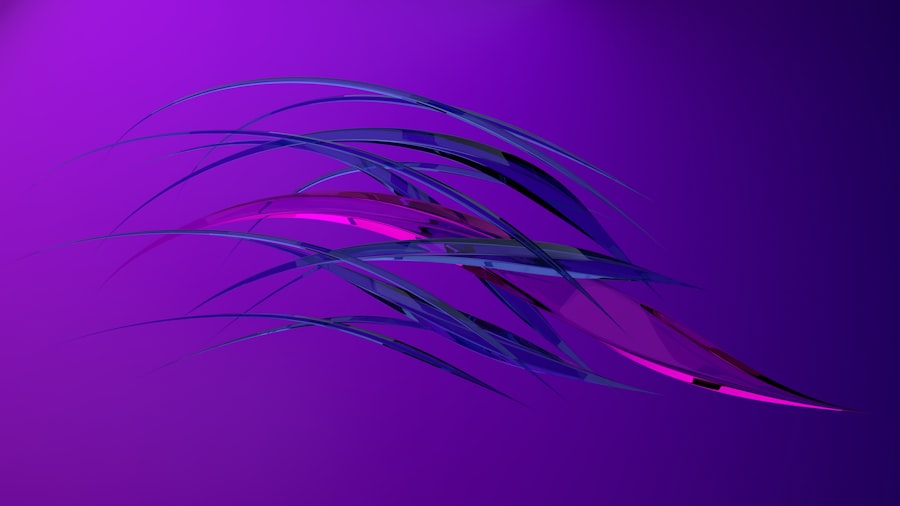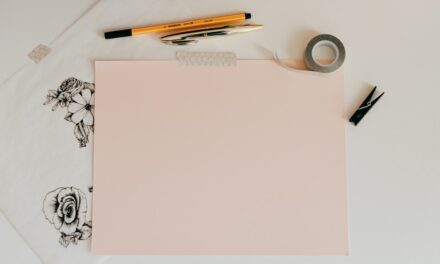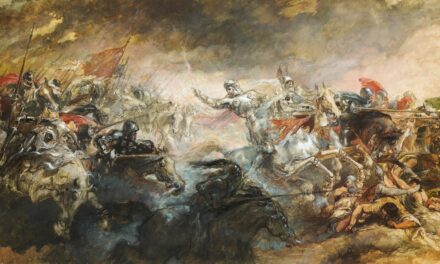Grattage, a term derived from the French word “gratter,” meaning to scrape or scratch, is an artistic technique that has its roots in the early 20th century. This method gained prominence particularly within the Surrealist movement, where artists sought to explore the subconscious and the unexpected. The technique involves scraping or rubbing a surface to reveal underlying textures and colours, often resulting in a rich interplay of forms and patterns.
One of the earliest and most notable proponents of grattage was Max Ernst, who employed it as a means to tap into the unconscious mind, allowing chance and spontaneity to dictate the outcome of his works. Ernst’s experimentation with grattage can be traced back to his fascination with the textures found in nature. He would often lay a canvas over a textured surface, such as wood or stone, and then rub or scrape the canvas to transfer these textures onto his artwork.
This process not only created unique visual effects but also imbued his pieces with a sense of depth and complexity. The technique was emblematic of the Surrealist ethos, which valued the unpredictable and the irrational. As grattage evolved, it became a significant method for artists seeking to break free from traditional representational art, allowing for a more abstract and expressive form of creativity.
Summary
- Grattage originated in the 1920s as a surrealist technique, pioneered by artist Max Ernst.
- Tools and materials for grattage include a variety of scraping and scratching implements, as well as paint and canvas.
- Techniques for grattage involve scraping, scratching, and layering paint to create textured and abstract effects.
- Famous artists who used grattage include Max Ernst, Joan Miró, and André Masson, among others.
- Exploring different styles and approaches in grattage can lead to unique and innovative artistic expressions.
Tools and Materials for Grattage
The Importance of Substrate Choice
The tools and materials used in grattage are integral to achieving the desired effects. Artists typically begin with a sturdy canvas or paper as their base. The choice of substrate can greatly influence the final outcome; for instance, a rough-textured paper may yield different results compared to a smooth canvas.
Paints and Viscosity
In addition to the substrate, artists often use oil paints or acrylics, which can be applied in thick layers to facilitate scraping. The viscosity of the paint is crucial; thicker applications allow for more pronounced textures when scraped.
Tools and Implements
In terms of tools, a variety of implements can be employed for grattage. Traditional tools include palette knives, scrapers, and even everyday objects like coins or credit cards. Each tool offers a different scraping quality, allowing artists to experiment with various textures and patterns. Additionally, some artists incorporate found objects into their process, using items such as leaves or fabric to create unique impressions on their canvases.
Creative Possibilities
The combination of these materials and tools enables artists to explore a wide range of creative possibilities, making grattage a versatile technique within contemporary art practices.
Techniques and Methods of Grattage

Grattage techniques can vary significantly depending on the artist’s intent and desired outcome. One common method involves applying a layer of paint onto the canvas and allowing it to dry partially before scraping away sections to reveal the underlying layers. This technique can create a sense of depth and movement within the artwork, as different colours and textures emerge from beneath the surface.
Artists may also choose to work with multiple layers of paint, allowing for a more complex interplay of hues and forms. Another approach involves using a wet-on-wet technique, where fresh paint is applied over an already painted surface. In this method, artists can use their tools to manipulate the wet paint, creating swirling patterns or intricate designs as they scrape away sections.
This technique often results in vibrant colour combinations and dynamic textures that can evoke emotional responses from viewers. Additionally, some artists incorporate collage elements into their grattage practice, layering different materials such as paper or fabric before scraping away sections to reveal hidden imagery or textures beneath.
Famous Artists who used Grattage
Max Ernst remains one of the most celebrated figures associated with grattage, having pioneered its use within the Surrealist movement. His works often reflect a deep engagement with dreams and the subconscious, employing grattage as a means to unlock hidden meanings within his art. Ernst’s piece “The Elephant Celebes” exemplifies his innovative use of texture and form, where grattage plays a crucial role in creating an otherworldly atmosphere that invites viewers into a dreamlike narrative.
Another notable artist who embraced grattage is Joan Miró. His playful approach to abstraction often involved scraping away layers of paint to reveal vibrant colours and shapes beneath. Miró’s works are characterised by their whimsical forms and bold use of colour, which are enhanced through the application of grattage techniques.
His piece “The Harlequin’s Carnival” showcases how grattage can contribute to a sense of movement and energy within an artwork, as various textures interact harmoniously across the canvas.
Exploring Different Styles and Approaches in Grattage
Grattage is not confined to a single style; rather, it encompasses a diverse range of approaches that reflect individual artistic visions. Some contemporary artists have taken inspiration from traditional grattage techniques while infusing them with modern sensibilities. For instance, artists may combine grattage with digital processes, creating hybrid works that merge traditional scraping methods with digital manipulation.
This fusion allows for new explorations of texture and form that challenge conventional boundaries within art. Moreover, some artists have begun to incorporate environmental themes into their grattage practice by using natural materials such as soil or sand in their compositions. This approach not only adds an organic quality to their work but also serves as a commentary on humanity’s relationship with nature.
By integrating elements from their surroundings into their art, these artists create pieces that resonate on both aesthetic and conceptual levels, inviting viewers to reflect on broader ecological issues while appreciating the beauty of texture and form.
Tips for Beginners in Grattage

Getting Started with Grattage
For those new to grattage, starting with simple techniques can help build confidence and understanding of the medium. It is advisable to experiment with various substrates and paint types to discover which combinations yield the most satisfying results. Beginners should consider using inexpensive materials initially; this allows for exploration without the pressure of creating a perfect piece from the outset.
Developing Your Skills
As one becomes more comfortable with the process, investing in higher-quality paints and canvases can enhance the overall experience. Practising different scraping techniques is essential for developing one’s style in grattage. Beginners might start by applying thick layers of paint and experimenting with various tools to see how each affects the texture created on the canvas.
Recording Your Progress
Keeping a sketchbook dedicated to this practice can be beneficial; it allows for documentation of techniques that work well and serves as a source of inspiration for future projects. Additionally, observing works by established artists who utilise grattage can provide valuable insights into how different approaches can be employed effectively.
Continued Inspiration and Growth
By combining these approaches, artists can continue to grow and develop their skills in grattage, leading to a deeper understanding of the medium and the creation of unique and captivating pieces.
Common Mistakes to Avoid in Grattage
One common mistake that beginners often make is applying too much pressure while scraping, which can lead to unintended damage to the canvas or paper. It is important to find a balance between applying enough force to reveal underlying textures while being gentle enough not to tear or distort the substrate. Practising on scrap materials before working on final pieces can help mitigate this issue.
Another frequent pitfall is neglecting to consider colour harmony when layering paints. Beginners may become so focused on texture that they overlook how colours interact with one another. It is advisable to plan colour schemes ahead of time or create small colour studies before committing to larger works.
This foresight can prevent clashes between colours that detract from the overall composition and ensure that the final piece resonates visually.
The Contemporary Relevance of Grattage in Art
In today’s art world, grattage continues to hold relevance as artists seek innovative ways to express their ideas through texture and form. The technique has found its place within various contemporary movements, including abstract expressionism and mixed media art. As artists increasingly explore themes related to identity, memory, and environment, grattage serves as a powerful tool for conveying complex narratives through tactile experiences.
Moreover, grattage has gained traction in educational settings where it is used as a means of encouraging creativity among students. Workshops focusing on this technique allow participants to engage with materials in an experimental manner, fostering an appreciation for texture and spontaneity in art-making. As contemporary artists push boundaries and redefine traditional practices, grattage remains an essential technique that continues to inspire new generations of creators seeking to explore the depths of their artistic expression.
If you’re intrigued by the grattage technique, often used in surrealism to create intriguing textures and layers, you might also be interested in exploring other art movements that emphasise emotional depth and innovative methods. A recommended read would be An Introduction to Expressionism, which delves into the intense emotional expression and the bold use of colour and non-traditional forms that characterise this powerful art movement. Understanding expressionism can provide further insights into the broader context of avant-garde art techniques, including grattage.




